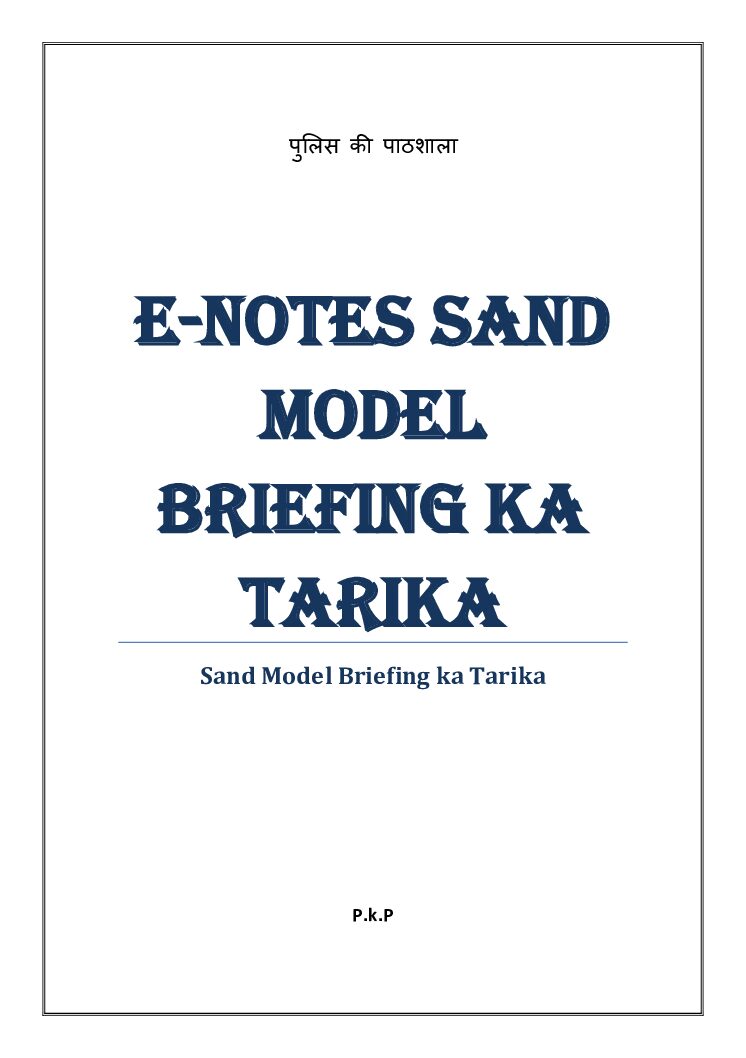Introduction
Synopsis
In IPR studies, Patent is a crucial subject and universities like Mumbai University or Veer Narmad South Gujarat University give lots of importance to their students, especially Law students. So, in this blog post, we will learn about the following topics

- Patent examination in India vs USA
- Developed vs developing countries patent system
- IPR challenges in developing nations
- Global patent resource gap
- Patent office resources comparison
Patents are like shields for inventors. They protect new ideas and stop others from using them without permission. But before someone gets a patent, their invention has to go through a careful check called a patent examination.
This examination makes sure the idea is new, useful, and not too obvious. Every country has its own way of doing this, but not all countries have the same tools or people to do it well. This is where the idea of IPR resource disparity comes in. Simply put, some countries have more resources for handling patents, and some have much less.
In this post, we’ll look at patent examination in developing countries and how it compares to developed countries. This global patent system comparison will help us see the real challenges and what can be done to fix them.
Read this also: What is a Biotechnology Patent? Meaning, Scope, and Importance – Explained Simply
Understanding Patent Examination
When someone applies for a patent, the patent office steps in. Trained examiners check if the invention is new and original. They also make sure it’s something useful and not already known.
This is a detailed process. Examiners look through old patents, books, online data, and scientific journals. Their job is to make sure only real, deserving inventions get patents. This helps protect good ideas and keeps bad ones out of the system.
How Developed Countries Handle Patent Examination
Countries like the United States, Germany, Japan, and South Korea are seen as developed nations. Their patent systems are strong, fast, and reliable and have
Well-Established Offices
These countries have been building their systems for many years. Offices like the USPTO (United States), EPO (Europe), and JPO (Japan) are respected globally.
Highly Skilled Examiners
Examiners in developed countries usually hold technical degrees. They also go through special training to understand both science and patent law.
Use of Modern Technology
These countries use powerful databases, artificial intelligence, and advanced tools. This helps examiners find information faster and be more accurate.
Read this also:10 Landmark IP Cases Every LLB Student Must Understand
Steady Funding
Money isn’t a big issue. Patent offices get support from both the government and application fees. This allows them to hire more examiners and upgrade systems.
Fast Turnaround
With better staff and tools, decisions come quicker. Most applicants hear back within 1–3 years.
Patent Examination in Developing Countries
Now let’s shift focus to patent examination in developing countries like India, Brazil, Nigeria, and many others. These countries are trying hard to improve, but they face many issues.
Not Enough Examiners
One big problem is that there just aren’t enough people. A single examiner might be handling hundreds of applications. Naturally, this leads to delays.
Lack of Training
Many examiners don’t get regular training. They may not be aware of the latest trends in tech or law, which affects the quality of their work.
Outdated Tools
Some patent offices still rely on paper files or old computers. This makes searches slow and frustrating.
Tight Budgets
Unlike rich countries, many developing nations can’t spend much on their patent systems. Offices often don’t have enough money to hire or upgrade.
Long Wait Times
Due to all these reasons, a patent application can sit for 5 to 10 years before getting a decision.
Read this also: Examine in 7 points the development of intellectual property rights from a global perspective and its impact on Indian laws.
IPR Resource Disparity
This gap in resources and tools is what experts call IPR resource disparity. Developed countries are well-equipped. Developing countries are trying to catch up.
This inequality leads to unfair situations. An inventor in the U.S. might get protection quickly. An equally smart inventor in a developing country might have to wait many years.
The delay can cost them money, investors, and even the rights to their own ideas. It’s a serious problem that holds back innovation.
A Quick Global Patent System Comparison
Let’s understand things down:
Speed of Processing
- Developed: Patents usually granted in 1–3 years.
- Developing: Can take 5–10 years or longer.
Quality of Examination
- Developed: Better due to skilled examiners and high-tech tools.
- Developing: Quality varies because of lack of resources.
International Patents
- Developed: Often file in many countries through PCT (Patent Cooperation Treaty).
- Developing: Fewer international filings due to high costs and lack of awareness.
Support for Innovation
- Developed: Strong IP systems attract investment and help startups.
- Developing: Weak systems make it harder for innovators to grow.
Impact on Innovation and Growth
When patent examination in developing countries is slow and weak, it creates a chain reaction. Innovators lose hope. Investors don’t take risks. And countries miss out on new technology and progress.
The whole economy suffers. Talented minds either stay silent or move abroad. That’s a big loss for developing nations trying to compete globally.
Support from Global Organizations
Luckily, some international groups are stepping in. WIPO (World Intellectual Property Organization) is one of the key players.
WIPO’s Contributions
- Offers training for examiners.
- Helps set up digital systems.
- Supports Technology and Innovation Support Centers (TISCs).
Patent Prosecution Highway (PPH) This is a system that lets countries use each other’s examination results. So if one country approves a patent, others can fast-track it. It saves time and effort.
Regional Cooperation Some developing countries are teaming up. They share tools and knowledge. This builds local capacity and reduces delays.
India’s Progress in Patent Examination
India is a good example of how developing countries are moving forward. In recent years:
- More patent examiners have been hired.
- Online filing systems have been introduced.
- Special fast-track options are available for startups and women inventors.
But challenges remain. Examiner numbers are still low compared to the demand. And the system needs more updates and funding.
What Can Be Done to Bridge the Gap?
Fixing the IPR resource disparity won’t happen overnight. But there are practical steps governments and organizations can take:
1. Increase Funding
Patent offices need money for better staff, tools, and systems.
2. Improve Training
Ongoing training programs will help examiners stay updated.
3. Use Better Technology
Modern databases, AI tools, and automation can speed up work.
4. Global Partnerships
Developed countries can share best practices and resources.
5. Raise Awareness
Teach inventors how to apply for patents and protect their rights.
Conclusion: Final Thoughts
There’s no doubt that patent examination in developing countries faces big hurdles. The system is slower, less funded, and less efficient than in developed countries. This results in a huge IPR resource disparity.
This global patent system comparison shows us the urgent need for reform. If developing nations get the support they need, innovation will flourish everywhere.
Because great ideas can come from anywhere and they all deserve a fair chance
![]()









